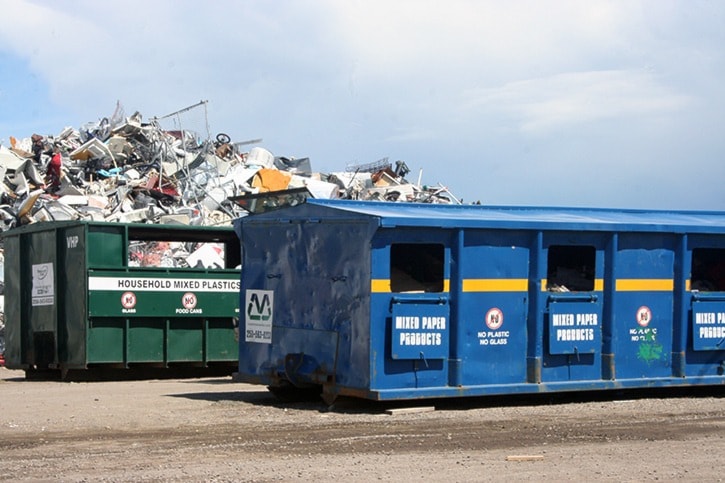The Nechako Waste Reduction Initiative would like to thank Vanderhoof for its dedication to recycling and reducing waste.
The NWRI is dedicated to increasing Vanderhoof citizens' ability to recycle materials, they have steadily increased the range of items that they recycle and work to establish recycling centres and receptacles in the region.
Now, Vince Terstappen, sustainability coordinator for the NWRI, is trying to push the next step after recycling, reducing. He wants people to ask themselves "if you need that paper in the first place or do you really need those plastic bags?"
He would also like to say that the recycling processors are quite happy with the materials they get from Vanderhoof.
"We've heard from the folks that process the recycling and they're very appreciative of the sorting that happens here and they speak very highly about how clean and non-contaminated our recycling is."
He wanted to clear up any confusion or misinformation that people might have "sometimes folks could be thinking, 'why am I going through all this trouble sorting and recycling?'" Because it makes everyone's job easier and makes it easier to process more recyclables.
Terstappen also wanted to let people know what exactly happens to their stuff when they recycle it.
First, a separate company picks up the recycled material, whenever one of the three bins are full, and takes it to Prince George. There, they make sure none of the bins are contaminated, making sure that nothing besides recyclable plastic is in the plastic bin.
After that, it's baled up and shipped straight to a port in Vancouver where it can be taken to several end markets, none of which are in Canada. These end markets include locations in China and southeast Asia. "There's a couple spots in the United States but no domestic mills in Canada," said Terstappen.
In terms of quantity, Vanderhoof produces per month: 1.5 tons of plastics, of which Vanderhoof collects every type; over 4 tons of paper; and 6 tons of cardboard, which is so high due to the Co-op filling the collection bin behind their store.
The breakdown of Vanderhoof's garbage, according to a 2008 study conducted by the Regional District of Bulkley-Nechako, is as follows.
By weight:
- 36% is organic waste (which can, in theory, be composted)
- 24% is paper (which can be recycled)
- 12% is plastic (which can be recycled)
- 3% is household metal (which can be recycled)
- 25% is other materials, including wood waste, pet waste, composite materials, and construction/demolition materials.
"According to this waste audit, 75% of what we are putting into our garbage cans could be diverted out of the landfill through recycling and composting," said Terstappen.
The NWRI, as part of its green initiatives, will be holding a Green Event to highlight local food and waste reduction options on Canada Day at the museum.
